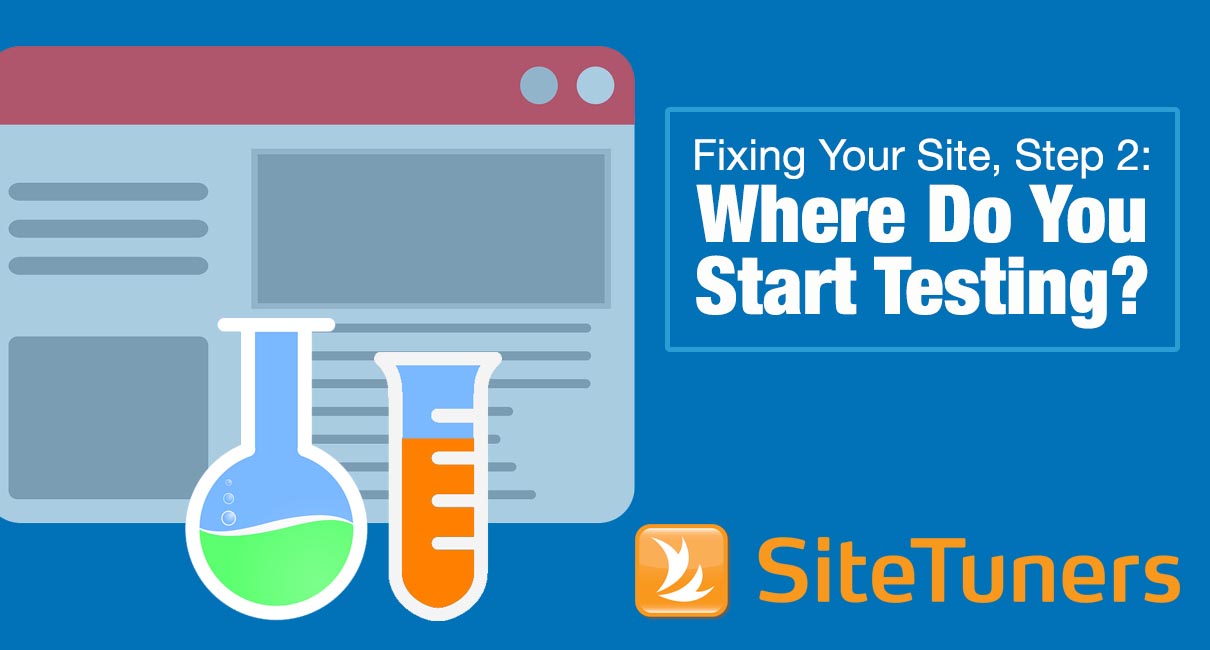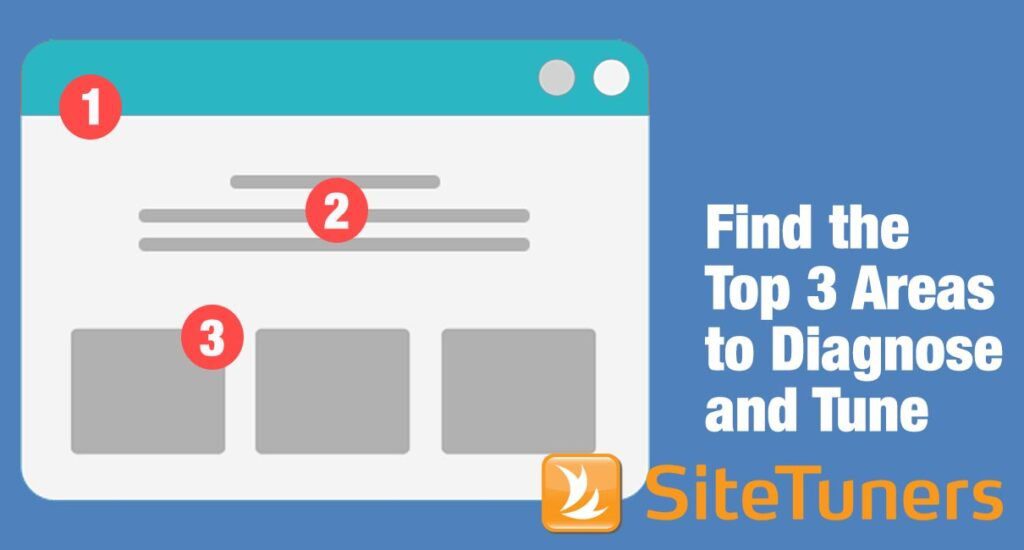
With your business goals in mind, identify the mission critical parts of your website that lead to the desired conversion action or actions. Remember, unless a page or website section directly supports the completion of the conversion action, it is not likely to be mission critical and optimizing it won’t have a significant impact on your conversion rate.
What Type of Page Are You Testing?
First, identify the type of landing page that you plan to test: is it a page on your main site, a microsite, or a standalone landing page. Each type has different implications for what can and cannot be tested. For example, if you are modifying the header and navigation structure of a page that is part of your main site, you will have to carry the changes over to the rest of the site. By contrast, you can often make arbitrary and radical changes to a standalone landing page that is used to convert visitors from a specific online traffic acquisition campaign.
Document your answers to these questions:
-
- What is the landing page?
-
- Is the landing page a standalone page, part of a microsite, or part of your company’s main site?
-
- What is the conversion page (on which the conversion action happens)?
-
- What is the confirmation page (page displayed immediately after the conversion page)?
-
- What intermediate sequence of pages must be traversed between the landing page and the conversion page?
-
- Are the pages static, or are portions created dynamically on the fly?
-
- What other components are needed for the proper construction and display of the pages (include files, database, cookies)?
-
- Do you have access to all components of the page (including original graphics files from which the page images were created)?
What Type of Audience Are You Testing?
Just as important as isolating what type of page you are testing is determining what audience you will be targeting. You might decide that you want to optimize for traffic from all available sources. By choosing the widest possible cross section of your audience, you have the opportunity to improve average conversion performance for everyone significantly. But you may want to segment for specific online campaigns. This is especially important when the traffic sources represent different kinds of people, with significant differences in their propensity to convert.
Depending on your business, you might find it useful to “geo-target” and segment your audience by their location or preferred language. Time-of-day or day-of-week filtering is also common. For example, you may want to test which landing page design is preferred by your weekend versus weekday visitors, or your workday versus evening visitors. But try to avoid spiky sources such as email drops to in-house lists. Unless you are tuning specifically for repeat visitors, your test traffic should come from fresh sources of visitors who are uncontaminated by prior exposure to your company brand, website, or offers.
And another word of advice: be careful about how granular you get in determining your audience, as you’ll need to have enough traffic from that segment to gather your data. The last thing you want to do is run separate landing page tests for traffic sources that do not meet the minimum data rate requirements of the type of test you plan to run.
Be sure to document your answers to these questions as you go through this step:
-
- Do you have a web analytics package installed?
-
- What are the traffic sources that you will use for the test?
-
- How many conversion actions per day do they represent?
-
- What tuning methods will be possible at this data rate?
-
- Are the traffic sources steady or sporadic?
-
- Can you filter out any undesirable sources (e.g., email drops to in-house lists)?
-
- Can you filter out any visits from your own company or agents (e.g., call centers or customer service staff)?
In the next post we’ll get into the strategy of determining what page elements and variables are likely to make the biggest impact on your conversions.
This article originally appeared in Tim’s ClickZ column January 10, 2012
Take your conversions to the next level.Learn how our experts at SiteTuners can help kickstart your conversion rate optimization process or get better results from your CRO efforts. Give us 30 minutes, and we’ll show you a roadmap to your digital growth! |

